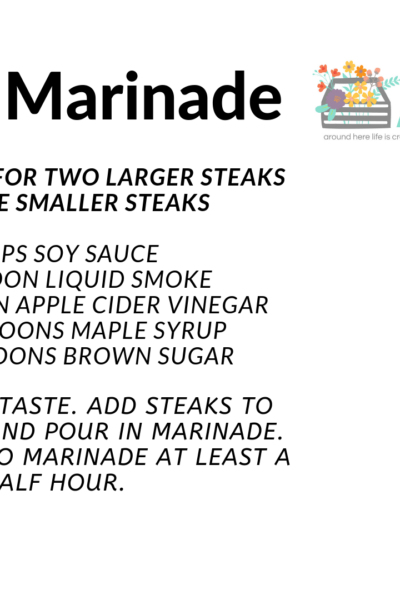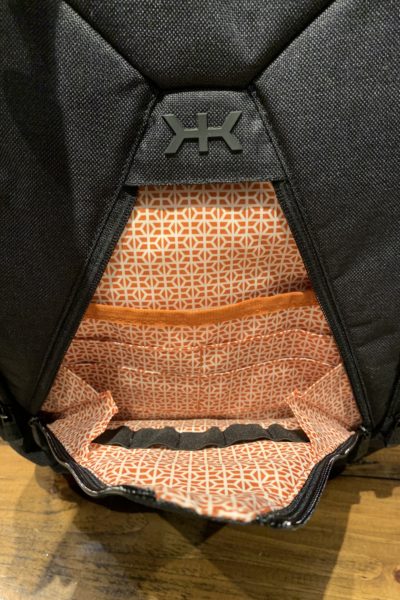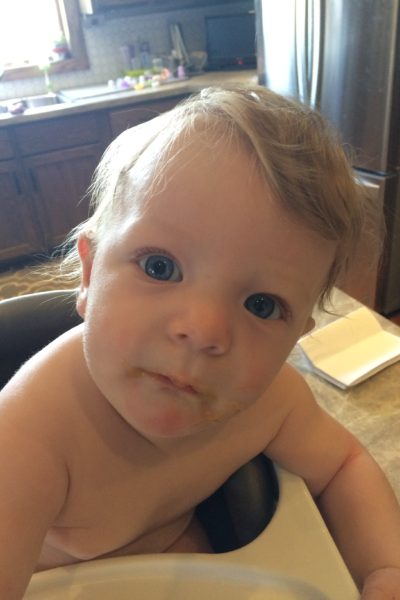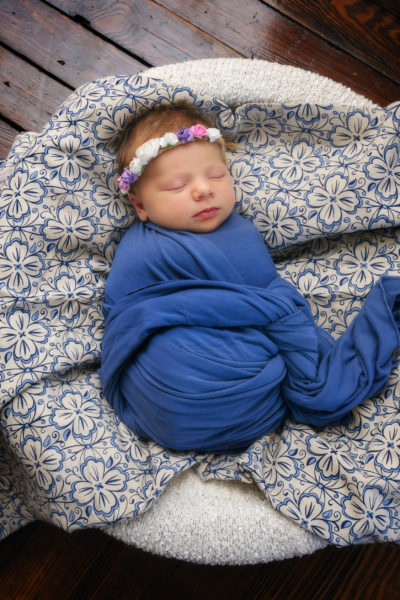Today was intentionally planned this way but I am starting a new series on my blog. Today is National Agriculture Day so what better way to celebrate than with my new series called Agriculture is Everywhere. The goal is to show that agriculture touches so many more areas than just farming! It is such a diverse segment and I wanted to start sharing some stories. All of these posts will be written by guest contributors.
Our first post is from someone in my family. My sister Lauren graduated from Michigan State University (GO GREEN) with her Bachelor’s Degree in Packaging. Lauren works for Kraft Foods and live in Chicago, Illinois. Today she’s going to give you an introduction to what packaging is and what she does in her job.
Can you think of one thing that isn’t packaged at some point in time? It’s harder than you thought, isn’t it? The truth is that almost everything is packaged at some point. Food comes in a wide variety of packages that include cartons, bags, and bottles that protect it from contaminants. Prescription drugs are packaged to facilitate dosages, and may also need to be child-resistant. Large appliances like refrigerators even come in large boxes with foam cushions to protect from scratches and dents.
Packaging is an important part of our everyday lives. It has a big impact on how we cook food, clean our houses, or even do our jobs, but have you ever thought about how it is designed? A lot of science goes into creating a package, and some people may spend years developing new technologies.
Packaging is a large, diverse field and includes: food, consumer products, pharmaceutical, medical, automotive, and numerous others. It has four main functions that make it successful.
Containment: The package must be able to hold the product. If the package can’t contain the product, such as a plastic water bottle, then it isn’t successful.
Protection: The package needs to protect whatever is inside. A television comes in a box with foam cushions. Without these cushions, it would be broken before you buy it.
Communication: The package may convey information to the consumer. A DVD player box may have information about what is inside, food may have cooking instructions, or furniture may have directions for assembly.
Utility/convenience: The package should be easy to use. Utility is demonstrated in re-sealable shredded cheese pouches, a spray bottle for a household cleaner, or even the dissolvable dishwasher detergent packets.
Packages can be made from many different types of materials including metal, glass, paper, paperboard, plastic, or a combination of two or more. Each of these materials has desirable and less desirable properties, and they must be accounted for when designing a package.
It can be very complex to choose the best package material for a product because many things can affect its shelf life. Nuts and potato chips will both spoil with oxygen, so the package must be able to keep it out. Crackers will soften when exposed to too much moisture, so its package must be a good water barrier. Beer generally comes in a brown glass bottle because it is sensitive to light and the color blocks it out. Soda must be packaged in a material that keeps in the carbon dioxide, or else it would be flat by time we buy it in the store. Often we take packaging for granted because we don’t know the ways it is keeping products fresh.
I work at Kraft Foods, and packaging is something I think about every day as a packaging engineer. It is a lot of fun to work on products that many people know and love, but is definitely a challenge.
One of my jobs is to work on new product development. First, marketing does research to get consumer insight into a potential new product. I work with them and use that information to design what the new product should look like. We make sure that the package is easy to use and grabs the consumer’s attention. Then I choose the material that will be used. I pick the type of plastic used for a pouch that keeps the product fresh, for example. After I have some prototypes, I can do testing in our special lab with packaging equipment, or I can go to the plant and test it there. I have to do testing to ensure that the package will keep the food fresh for its full shelf life. When I have the final package, I write specifications that contain the type of material used, the dimensions, the technical drawing of the package, and other important information.
I also help with designing the graphics on the new package. There are many package labeling regulations that need to be followed, so I make sure that we aren’t breaking these rules and all of the critical information is on the package, like the expiration date for example. We also put our own information on the package so we can track it and know where it was made.
Once we know the details, I have to design the shipping container and pallet arrangement so that the product will arrive at the store in good condition. This is important because nobody wants to by a box that has been crushed or broken open. What everyone knows as a cardboard, is known as corrugated board to a packaging engineer. We design corrugated boxes that store the product and can hold hundreds of pounds on top of them. We then design how they should be arranged on the pallet. Different types of paper can be combined to give us more strength and some arrangements on the pallet can be more stable than others. In our packaging lab, I use specially designed equipment to perform a series of tests that simulate what it would be like for the pallet to be shipped in a truck or train to the store where it will be sold. I can see if the corrugated box is strong enough by inspecting it for damage.
When everything is ready for the plant to start making the new product, I will be there for the start-up to make sure the packages are being made right and to help in case there are problems.
New product development isn’t the only thing I do though. I also work with the plant to resolve any issues that they may be having on existing products, I look for ways to cut costs on packaging, I may investigate why we are getting damage in current products, and many other things. No two days are exactly the same, and it keeps my job interesting. The life of a packaging engineer is pretty awesome.
Next time you open a package, I hope you think about the science and research that went into designing it.



